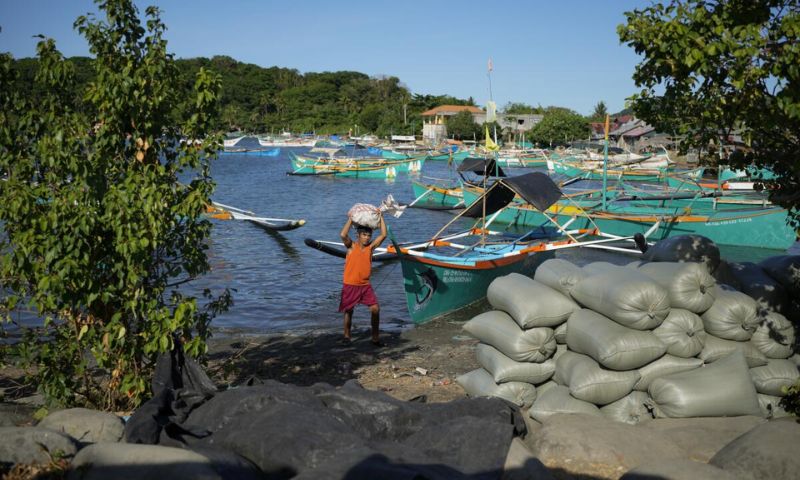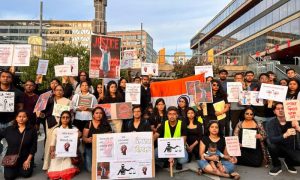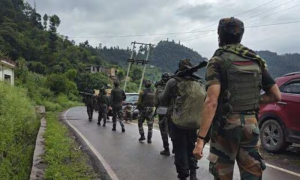SANTA ANA, Philippines: Located in the remote northeastern tip of the Philippine mainland, the coastal town of Santa Ana is undergoing a significant transformation due to its newfound strategic importance in the geopolitical rivalry between the United States and China. Previously known for its serene beaches and natural attractions, Santa Ana has emerged as a focal point for military encampment and cooperation under the Enhanced Defence Cooperation Agreement (EDCA) between the US and the Philippines.
Following the withdrawal of US forces from major military bases in the Philippines in the early 1990s, recent geopolitical dynamics have prompted both countries to identify rural areas like Santa Ana as critical sites for rotating American forces. Amid escalating tensions in the South China Sea and Washington’s efforts to counter China’s assertiveness in the region, the US seeks to reinforce its military alliances in Asia, with Santa Ana strategically positioned across a sea border from Taiwan.
While some residents express concerns about living near US forces and the potential risks of becoming a military target, others view the American presence as essential for bolstering the Philippines’ defence capabilities against China’s maritime assertiveness. With the looming military encampment comes the prospect of economic benefits and aid, including infrastructure development and tourism promotion, which could stimulate the local economy and enhance resilience to geopolitical tensions.
However, the evolving geopolitical landscape raises challenges and uncertainties for Santa Ana and neighboring areas. Contingency plans are being discussed to address potential scenarios, such as setting up emergency shelters for refugees in case of armed conflict between China and Taiwan. Moreover, the compact nature of the proposed American presence within Philippine military camps presents logistical challenges, including limited space for aircraft parking and facilities expansion.
The EDCA, initially signed in 2014 for a term of 10 years, has been extended, allowing US forces to operate rent-free at designated military sites and store defence equipment. Additional EDCA sites, including the Santa Ana navy camp and Lal-lo airport, underscore the deepening military cooperation between the US and the Philippines. While Philippine officials emphasize the defensive nature of the renewed US military presence, China expresses concerns about its implications for regional security and stability.
As Santa Ana navigates its evolving role in the US-China geopolitical rivalry, the town’s residents and authorities grapple with the complex implications of hosting American forces. While the prospect of economic opportunities and enhanced security cooperation is welcomed by some, others remain wary of potential risks and uncertainties associated with heightened geopolitical tensions in the region.






















